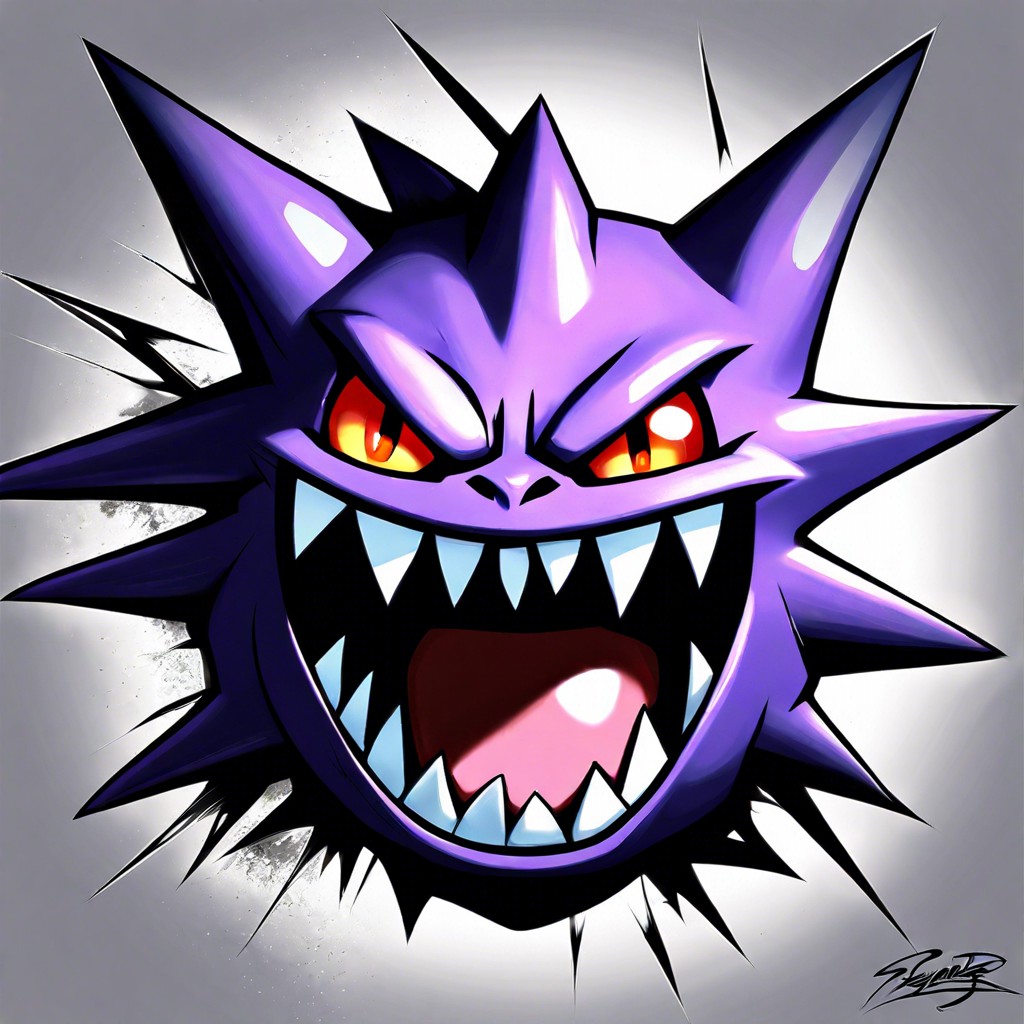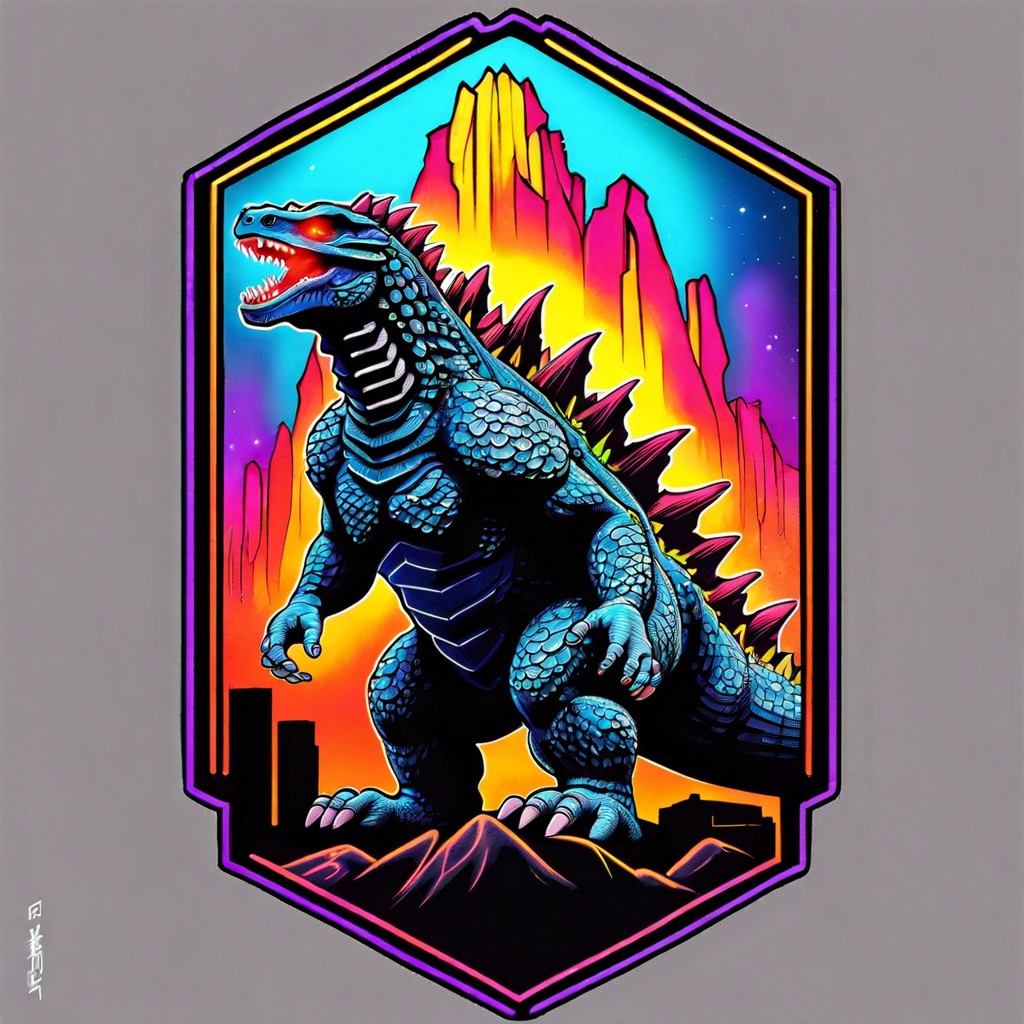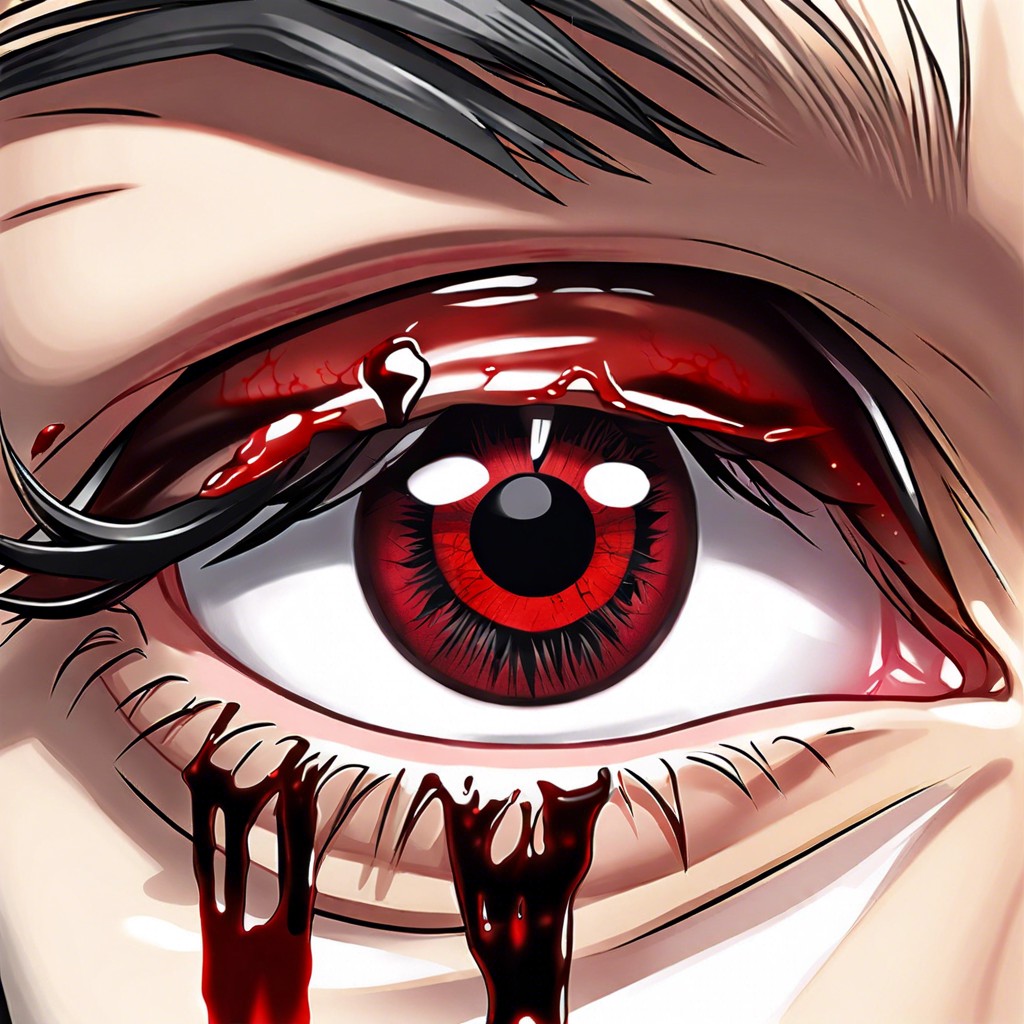Discover the bold aesthetic and considerations behind the growing trend of blackout tattoos as you consider this dramatic ink option for your next body art piece.
Understanding the Risks of Blackout Tattoos

Blackout tattoos, involving heavy ink coverage, increase the potential for allergies and adverse skin reactions. The dense pigment can also obscure skin abnormalities, possibly delaying the detection of skin conditions. Given their complexity, these tattoos should be approached with caution, emphasizing the necessity for a seasoned professional artist.
Topical Anesthetics for Blackout Tattoo Sessions

Topical anesthetics can significantly reduce the discomfort associated with the intense and prolonged tattooing process of blackout tattoos. These numbing creams are applied before the session, allowing for a more bearable experience, particularly for large areas. It’s imperative to choose anesthetics recommended by professional tattoo artists to ensure compatibility with the ink and skin healing.
Blackout Tattoo Cover-up Techniques

Blackout tattoos offer a bold solution for concealing unwanted ink, using dense black pigment to efficiently mask previous designs. Artists often incorporate geometric shapes or negative space to blend the cover-up seamlessly with the surrounding skin. This technique is especially useful for large, complex tattoos that are difficult to erase or redesign.
Aftercare Tips for Blackout Tattoos

Proper moisturization with fragrance-free lotion prevents scabbing and aids in the healing of the extensive inked areas of a blackout tattoo. Keep the freshly inked skin out of direct sunlight, and when it’s fully healed, use a high SPF sunscreen to maintain the boldness of the black ink. Limit exposure to water and avoid soaking, which means short showers are preferable, and swimming pools and hot tubs should be avoided during the initial healing period.
Blackout Tattoo Design Inspiration

Incorporating geometric shapes or tribal influences can transform a blackout tattoo into a bold statement piece. Negative space used within blackout designs creates a stark contrast, emphasizing the imagery or symbols chosen to stand out. For those seeking a softer edge to the starkness of blackout tattoos, gradations or ombré effects with gray shades add depth and dimension to the design.
The History and Cultural Significance of Blackout Tattoos

Originally emerging from the tribal tattoo tradition, blackout tattoos have evolved from symbolic rites of passage to modern expressions of identity. They have transcended their ceremonial roots to become a bold statement in the contemporary body art scene. The aesthetic’s resurgence in popularity also reflects a shift towards minimalist yet impactful visual statements in today’s tattoo culture.
Tattoo Artist Specialization in Blackout Tattoos

Specialization in blackout tattoos allows artists to master the unique techniques required for these extensive ink pieces. These specialized artists can expertly navigate the challenges of even ink distribution and skin trauma minimization. By seeking out such an expert, clients ensure a higher level of precision and care for their dramatic body art transformations.
Cost Considerations for Getting a Blackout Tattoo

Blackout tattoos typically require more ink and time than traditional designs, which may substantially increase the overall cost. The size of the tattooed area and the hourly rate of the artist are significant factors in determining the final price. It’s essential to budget accordingly for multiple sessions, as blackout work often necessitates several appointments to achieve full saturation.
Healing Process and Time for Blackout Tattoos
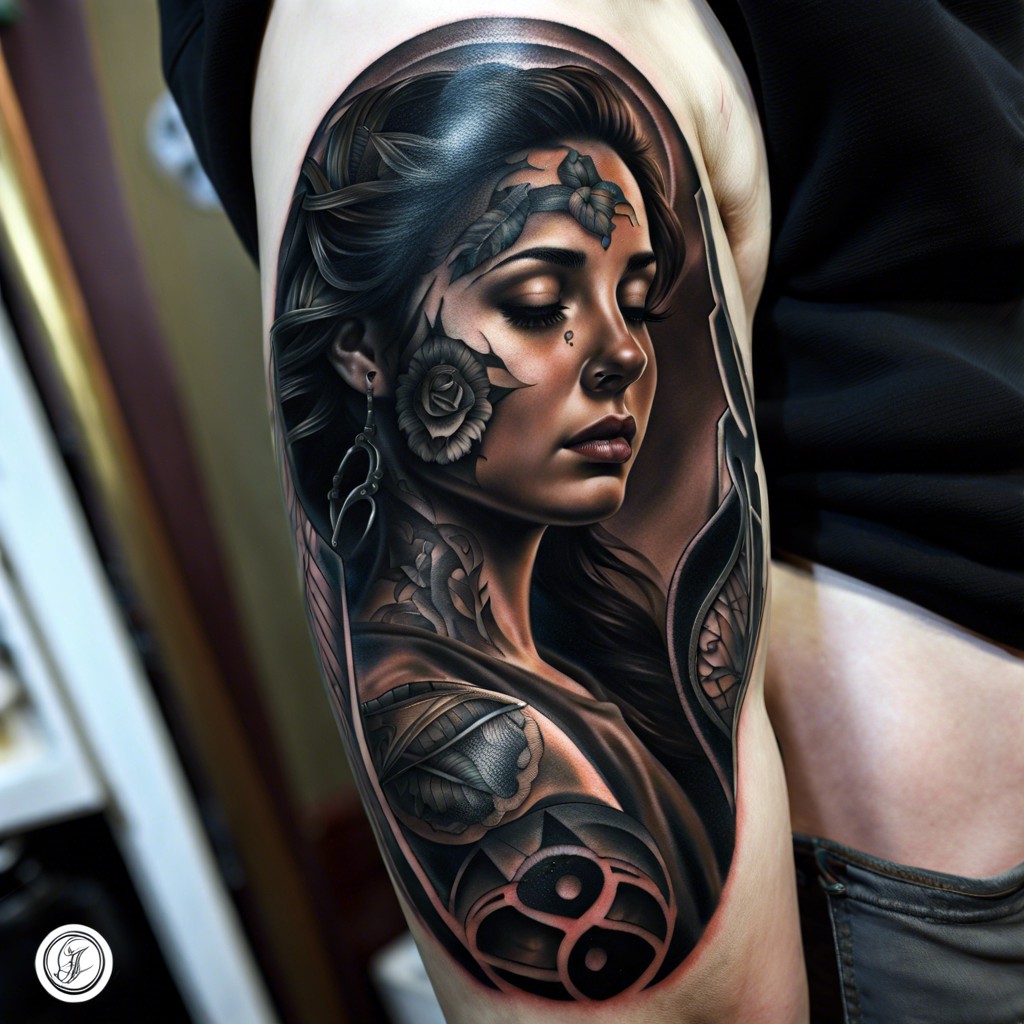
The dense pigmentation of blackout tattoos can lead to a longer healing time, often requiring several weeks to fully recover. Due to the extensive coverage, they may also necessitate more rigorous aftercare to reduce the risk of infection and promote proper skin regeneration. It’s crucial to follow your tattoo artist’s guidance on aftercare to ensure the best possible healing process for such large-scale ink work.
The Use of Blackout Tattoos to Cover Scars or Old Tattoos

Blackout tattoos offer an effective solution for obscuring unsightly scars and outdated ink, revitalizing one’s canvas. By opting for a solid, dark patch, individuals can achieve a clean slate, setting the stage for new artistic expressions. Their dense pigmentation makes them particularly adept at masking the imperfections that lighter tattoos may fail to conceal.
The Psychology Behind Choosing a Blackout Tattoo

Opting for a blackout tattoo often signifies a bold personal statement, showcasing a commitment to a distinctive visual identity. Individuals might choose this dramatic style as a form of self-empowerment, using the stark contrast of black ink to take ownership of their body’s narrative. Lastly, the psychological draw to the blackout tattoo could be rooted in its simplicity and the desire to break free from traditional tattoo aesthetics, instead embracing the purity and totality of the color black.
Potential Skin Reactions to Large Amounts of Black Ink

Applying extensive black ink on the skin can potentially trigger reactions such as contact dermatitis due to the ink’s ingredients. Individuals with sensitive skin may experience abnormal swelling, redness, or itching around the tattooed area post-procedure. It’s crucial to discuss any known sensitivities with the tattoo artist prior to starting a blackout tattoo project.
Blackout Tattoos in Different Body Areas

The visual impact of a blackout tattoo varies significantly with the chosen body area; larger flat surfaces like the back allow for an imposing and bold statement, while limbs can offer a more segmented, wraparound effect. Placement on areas with natural contours, such as the shoulders or calves, highlights the artwork through dynamic shadows and muscle definition. Selecting the appropriate body part for a blackout tattoo not only dictates its aesthetic appeal but can also influence the perception of pain and healing times due to skin sensitivity differences.
Incorporating Patterns and Negative Space Into Blackout Tattoos

Patterns and negative space inject personality and contrast into the imposing backdrop of a blackout tattoo. These designs play with the absence of ink to create intricate visuals or to highlight a certain area within the blackout. Strategically placed, they can transform the monolithic appearance into a more dynamic and aesthetically engaging piece.
Laser Removal Challenges of Blackout Tattoos
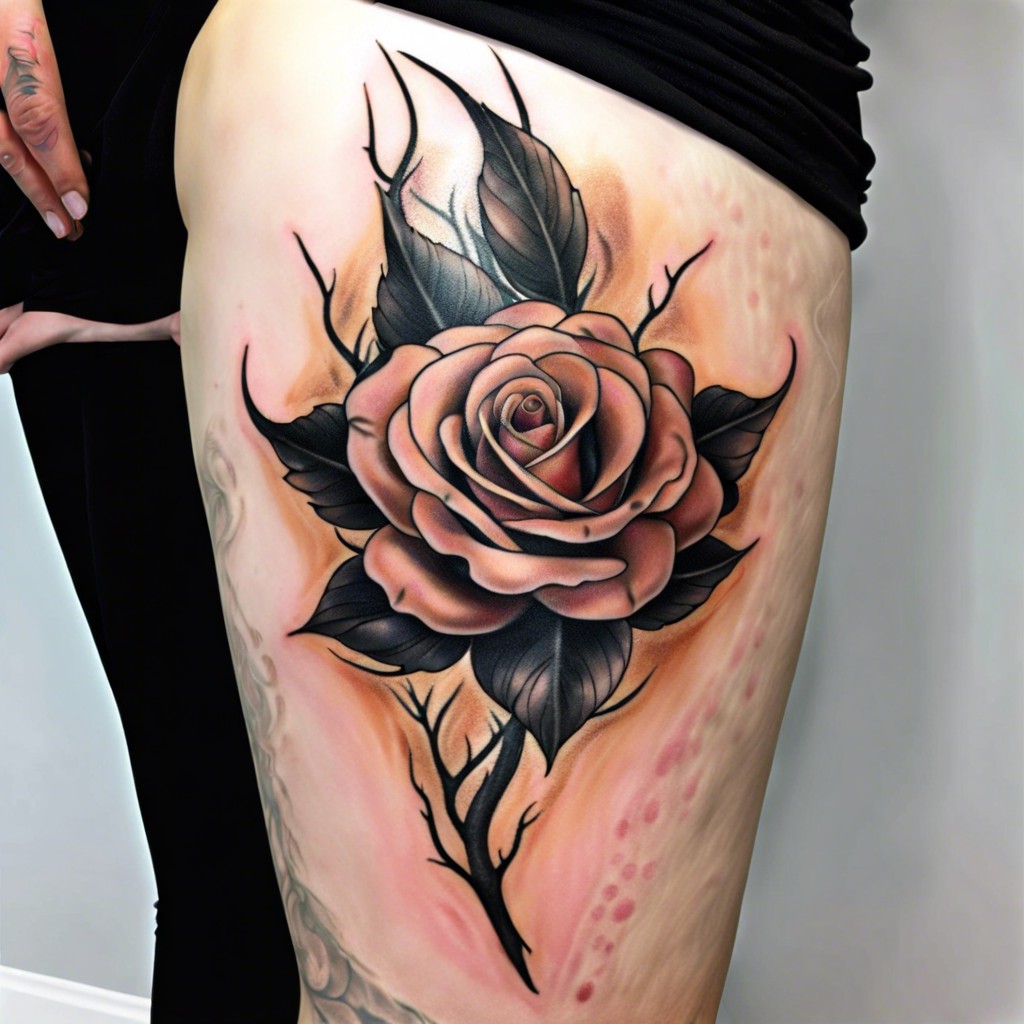
Laser removal of blackout tattoos often requires more sessions due to the density and depth of the ink. The high volume of pigment can result in a more painful and prolonged removal process. Additionally, there’s an increased chance of incomplete pigment removal and potential for skin texture changes post-treatment.
